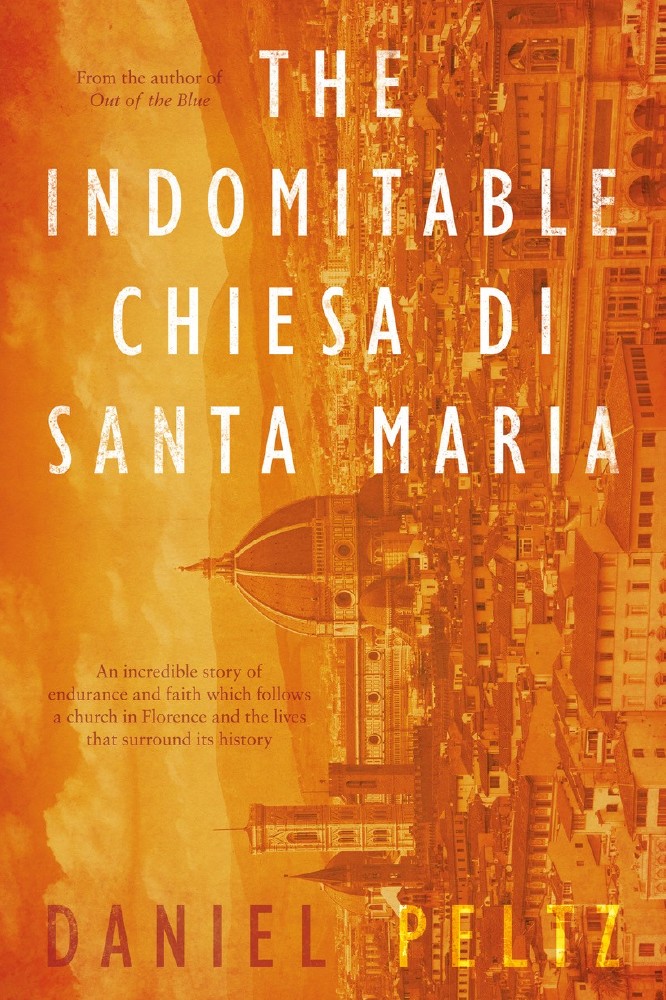Daniel Peltz has just released his new historical fiction novel, The Indomitable Chiesa di Santa Maria, which is an incredible story of endurance and faith as it follows a church in Florence and the lives that surround its history. Here, Daniel shares his top 10 tips for writing a historical fiction:

Daniel Peltz
Clearly, the most important thing for writing historical fiction is having the knowledge of the period that you are writing about. Although fiction, the description of the setting and the timeline of the events must be accurate.
One of the key areas for a writer is to try not to teach, but only inform the reader of the history. This was a big problem for me. I have always been a frustrated history teacher and as a result I was always anxious to teach my audience the historical context. In this novel, I tried to restrain myself from being sucked in too deeply, hoping to prevent the story reading like a history textbook.
This novel is set in four different periods, as well as having a present day interface. To write about any historical period, one has to have a real interest in that particular period. For the novel to stand a chance, the writer has to be able to convey his passion to his readers. I always had a love for the Florentine Renaissance, (I even did a Masters in the subject!). Having read History at University I have always been interested in the French revolution and Napoleon, and indeed the Second World War. With regard to The Florentine Floods I became interested in this subject when I first visited the city in 1977. I remember buying postcards, which were still then available. They struck a chord with me ever since.
When writing an historical novel, it is important not to become swamped by the facts. The fictional element is the key here, and it must dominate the storyline. The history should be the backdrop to the narrative. Always there, and always visible, but subject always to the storyline.
The beauty about historical fiction is that you can add diction to established historical figures. One can truly bring them to life.
When writing about events where people are still alive, it is important to be very careful of defamation issues. One is normally covered by an overriding clause at the start of the book, but I added an author’s note to ensure there were no problems.
In addition to this, people remember events in their own lifetime, so the accuracy of the work becomes slightly more problematic even though it is primarily a work of fiction.
Whilst the accuracy of factual historical information is obviously important throughout the book, the setting is also obviously very important as well. Florence is a very well known city, and I took a great deal of care in the city description, and in describing its specific locations.
With a historical novel, the facts to a certain extent, define the limits and boundaries of the book. However this must not limit your imagination. I always start writing with a plan, but a very loose one. Like wandering into a forest, I follow a path, and let it lead me wherever it goes.
Finally I suppose one must highlight the issue of sources. I know that Hilary Mantel hates the use of sources being listed at the back of a novel. However I do think it is important, even though it is a work of fiction, to list your sources. It validates the historical element of the book, whilst not prejudicing the fictional nature to story.

The Indomitable Chiesa Di Santa Maria is out now and is available from Amazon and www.bookguild.co.uk.

